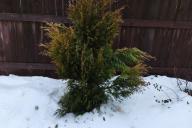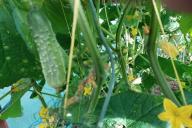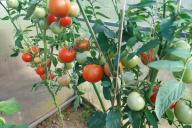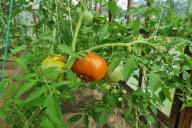After cleaning nuts, there is always a shell left, which most people immediately throw away without even thinking about its practical use.
The most interesting thing is that for those in the know it is a real find.
Therefore, it is worth considering several application options that will definitely surprise you.
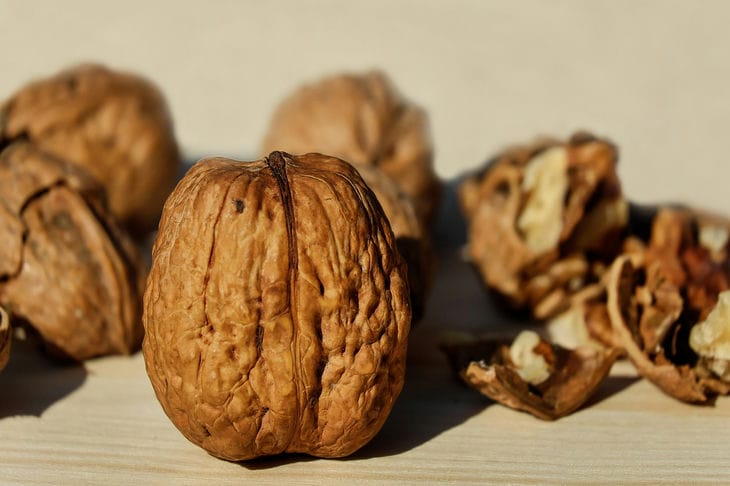
Fertilizer for plants
Crushed shells can be used as a natural fertilizer for the garden or potted plants. They contain the following minerals, which are necessary for plant growth:
1. Calcium.
2. Magnesium.
3. Potassium and others.
It also helps prevent weed growth and retains moisture in the soil.
Wastewater treatment
Walnut shells also have absorbent properties that can remove contaminants from wastewater.
By using shells in filtration systems, water quality can be improved and environmental pollution can be reduced.
It can be pre-crushed and added to the drains. Of course, only a preventive effect can be expected from its use.
Compost material
The shells can also be added to the compost heap. Their rapid decomposition will enrich the compost with organic matter and add essential nutrients to the soil.
Of course, to achieve the effect, it is necessary to use a significant amount of shell.
Insect repellent
The smell of nut shells repels many insects such as ants and cockroaches.
Crushed shells can be scattered around the home or garden to prevent pest invasion.
Making an Eco-Candle
Burning nutshells can be used as an alternative energy source. They burn slowly and cleanly, without releasing harmful substances into the atmosphere.
From the shell you can make a kind of candle, which can be used for its intended purpose.
Previously, we told you how to wash beetroot juice off a cutting board.

